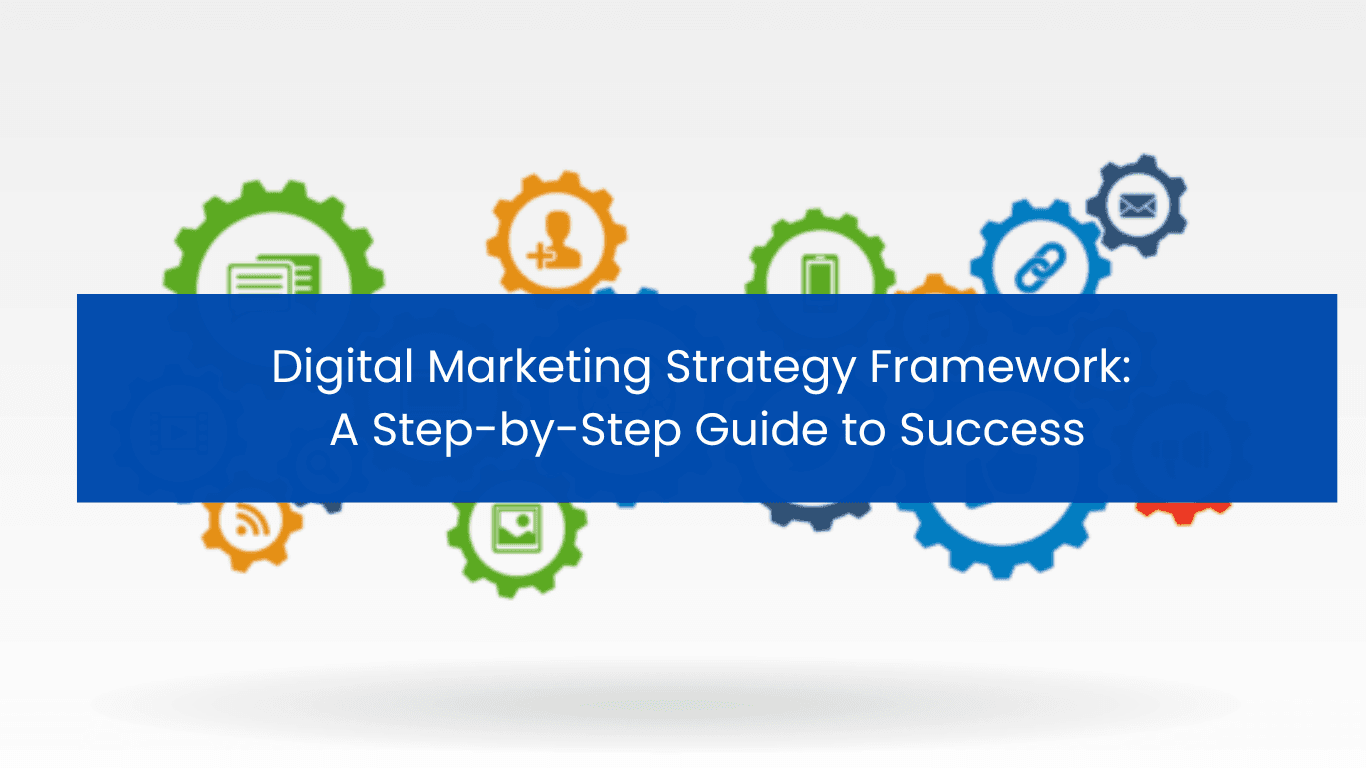Marketing Education
Digital Marketing Strategy Framework: A Step-by-Step Guide to Success
by Jennifer Wilcox
January 18, 2025
7 min read

Jennifer Wilcox
Verified Author
Founder of JW Marketing, has 15+ years of experience helping brands grow through smart, data-driven digital strategies, from social media to local SEO.
